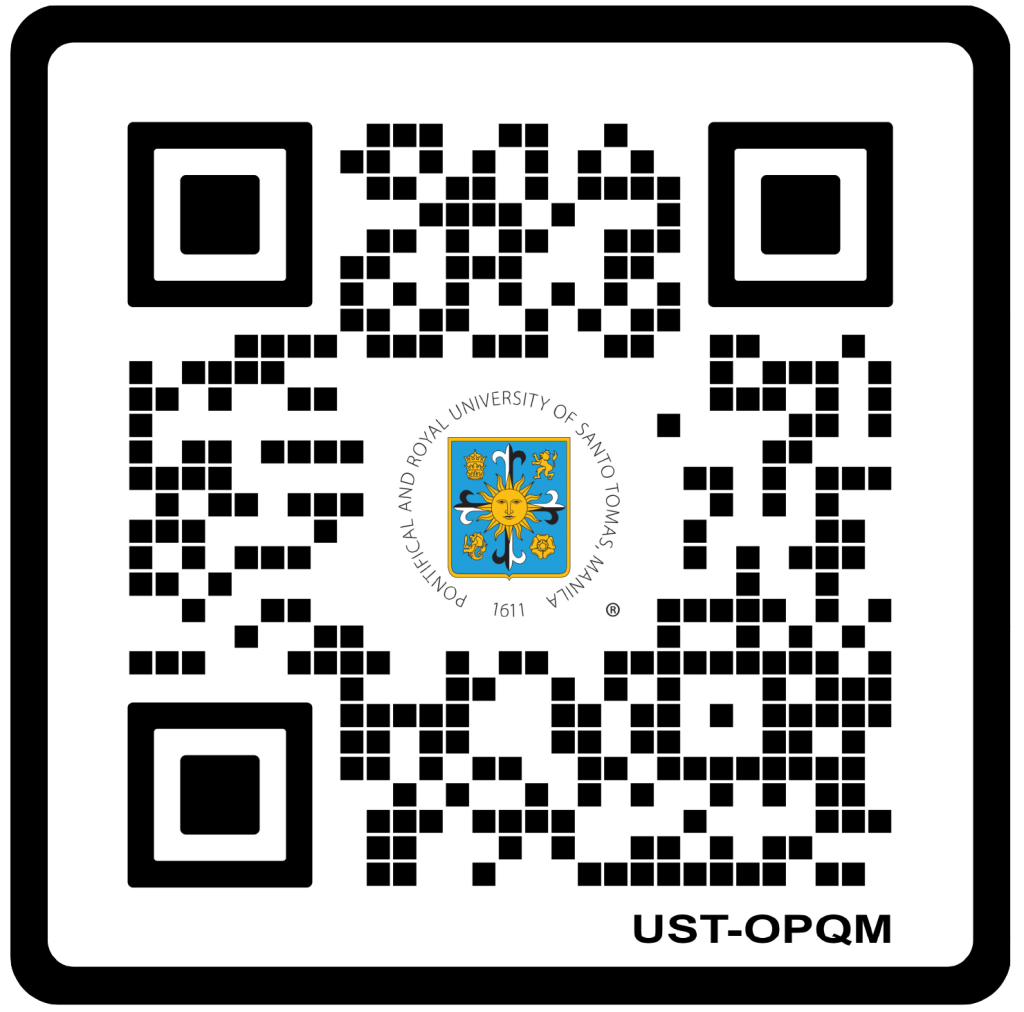UST scientists fr. Nicanor Austriaco, O.P., PhD, SThD and Bernhard Egwolf, Dr. rer. nat. called on both local and national governments to improve reporting and transparency in COVID-19 data, amid the spike in NCR cases attributed to an “unknown city.”
In their July 14, 2020 report that covered the latter half of June 2020 until July 12, Austriaco and Egwolf disclosed that the surge in NCR cases is happening in this “unknown city” category, and “statistically, this cannot be explained by random clerical or encoding errors.” The scientists warn that “without proper geographical identification of positive cases, it will be difficult for public health authorities to properly understand the extent of the surge and to control the pandemic through contact tracing, tracking, and isolation.”
The report noted that with increased cases came increased positivity rate, at 10-12%, way above the World Health Organization-prescribed 5% to indicate successful containment of the virus’ spread. Hospitalization rate also spiked, but the disparity in the rate of use of ventilators points to the rise in mild cases and the contraction of the disease in the younger and less-vulnerable demographic.
Austriaco and Egwolf, acknowledging the presence of a “real surge in the pandemic” in the NCR, said that this is best appreciated in the fact that several component cities are exceeding the 70% “Danger” occupancy limit that DOH set. This limit, measured by the occupancy of COVID-19 beds, is now exceeded by 11 cities and municipalities of NCR, namely Makati, Las Piñas, Quezon City, Valenzuela, Pateros, Manila, Mandaluyong, Malabon, Navotas, Taguig, and Muntinlupa.
Underscoring the need for contact tracing, tracking, and isolation, Austriaco and Egwolf recommended the stricter enforcement by the DOH of public health reporting policies to “lower the number of ‘unknown’ positive cases that lack a geographical identifier.” For areas that have reported cases, the timely enactment of lockdowns is crucial, an effort that “the national government [must] properly supervise.” If targeted lockdowns are not enforce properly, a return to ECQ or MECQ is not unlikely for NCR, the scientists warned.
Balancing the concerns of public health safety and economics, Austriaco and Egwolf reiterated their call for zoned and targeted lockdowns, especially with the rise in cases among younger working adults. Such targeted lockdowns must last for a minimum of two weeks “to allow asymptomatic carriers to become non-infectious.”
Finally, given the acceleration of cases in NCR, Austriaco and Egwolf warned against the movement of locally stranded individuals and returning OFWs from NCR to the provinces “until the current surge in the pandemic has been brought under control.” For provinces accepting LSIs and returning OFWs, the scientists recommended a non-negotiable 14-day quarantine regardless of the individual’s testing results from NCR. These are recommended to avoid overwhelming the health care systems in provinces.




